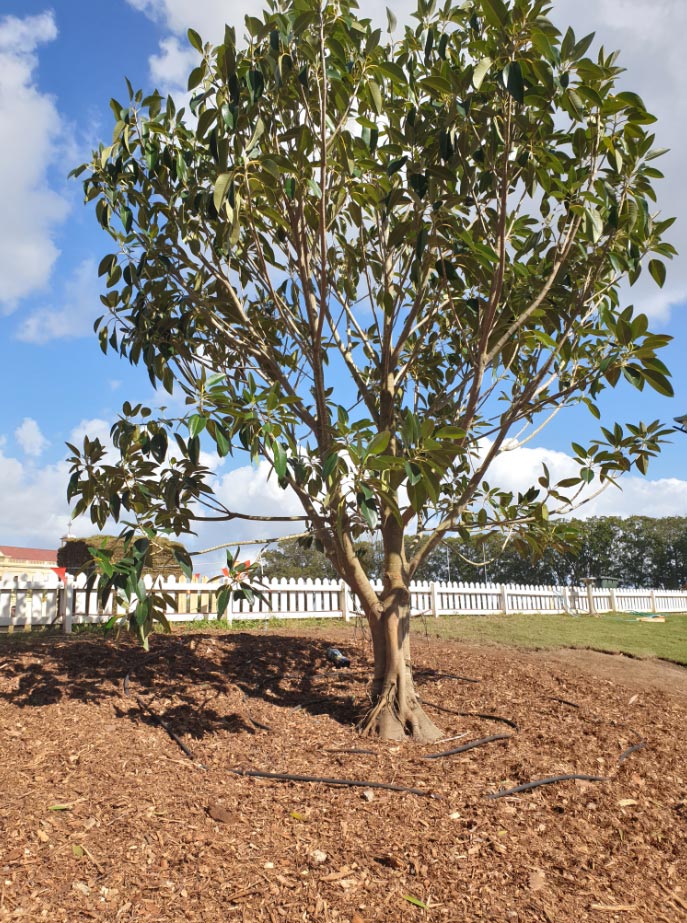Trees are Mother Nature’s masterpieces living for centuries and in all types of conditions. They’re not only beautiful, but they provide shade and protection for animals and humans. If you’re lucky enough to have trees in your garden, it can be hard to let them go when they start to show signs of decay or stress.
But, some trees will start to die off naturally or prematurely due to environmental stressors or improper care. To determine whether your tree needs to be removed, it’s important to talk with your local Brisbane arborist.
Tell Tale Signs Your Tree is Dead or Dying
If your tree has started to die, there will be a few tell-tale signs. Bark peeling from the trunk or branches, indicates death or the onset. More signs of a dead or dying tree;
- Fungi and mushrooms growing at the base of the trunk
- Bark peeling or delaminating and cracks in the trunk
- If you scratch away bark and the underneath layer is brown and dry
- Cavities or decay in the trunk
- Dead, hanging branches and losing leaves before the usual season
- Thin twigs with no new buds growing
- Tree develops an unusual lean
- Crown die back
- Root plate lifting

How Do You Decide When to Remove a Tree?
It’s important to talk with your local arborist, who can perform a risk assessment on your dead or dying tree. A dead tree may not need to be removed straight away and can still provide some shade for wildlife.
But, if your dead tree is showing signs of infestation, fungus growth or a is a potential fall hazard, it’s definitely worth removing your tree. A certified arborist can remove your tree safely and perform stump grinding. This removes the dead stump which can be turned into garden mulch and firewood.
Are Dead Trees Dangerous?
When a tree dies, it’s important to remember that the roots die also. This means your tree will not be as securely anchored as it was before. If you live in an area prone to strong winds and storms, this could make your tree a potential hazard.
Other hazards of a dead or dying tree are the potential for falling branches, fungus and mushroom growth and bug infestations. If you have small children or pets, these can be potentially harmful if ingested.
Is it Possible to Revive a Dying Tree?
If only part of your tree is dying, an expert arborist may be able to save the healthy part. This is where regular tree maintenance is extremely beneficial – you can spot areas that need attention. Your arborist can cut back dead or dying branches, which allows healthy parts to grow and nutrients to flow where they need to go.
